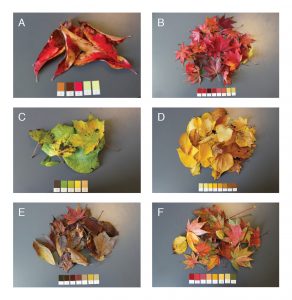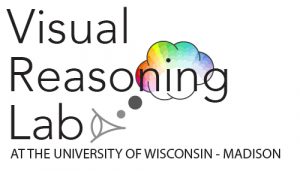 Data stories is a podcast on data visualization with Enrico Bertini and Moritz Stefaner.
Data stories is a podcast on data visualization with Enrico Bertini and Moritz Stefaner.
This week’s episode, Color with Karen Schloss, featured a discussion on the use of color in information visualizations. Topics spanned issues in perception, color inference, and aesthetics.
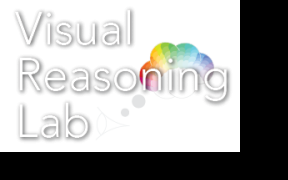
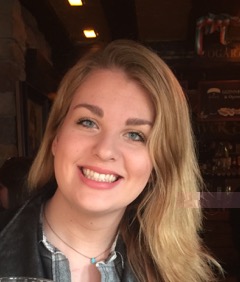 Katie Foley received a UW – Madison Department of Psychology Spring Undergraduate Travel Award to present her research at the 2018 meeting of the Vision Sciences Society:
Katie Foley received a UW – Madison Department of Psychology Spring Undergraduate Travel Award to present her research at the 2018 meeting of the Vision Sciences Society:
 Our recent study on communicating with color by
Our recent study on communicating with color by 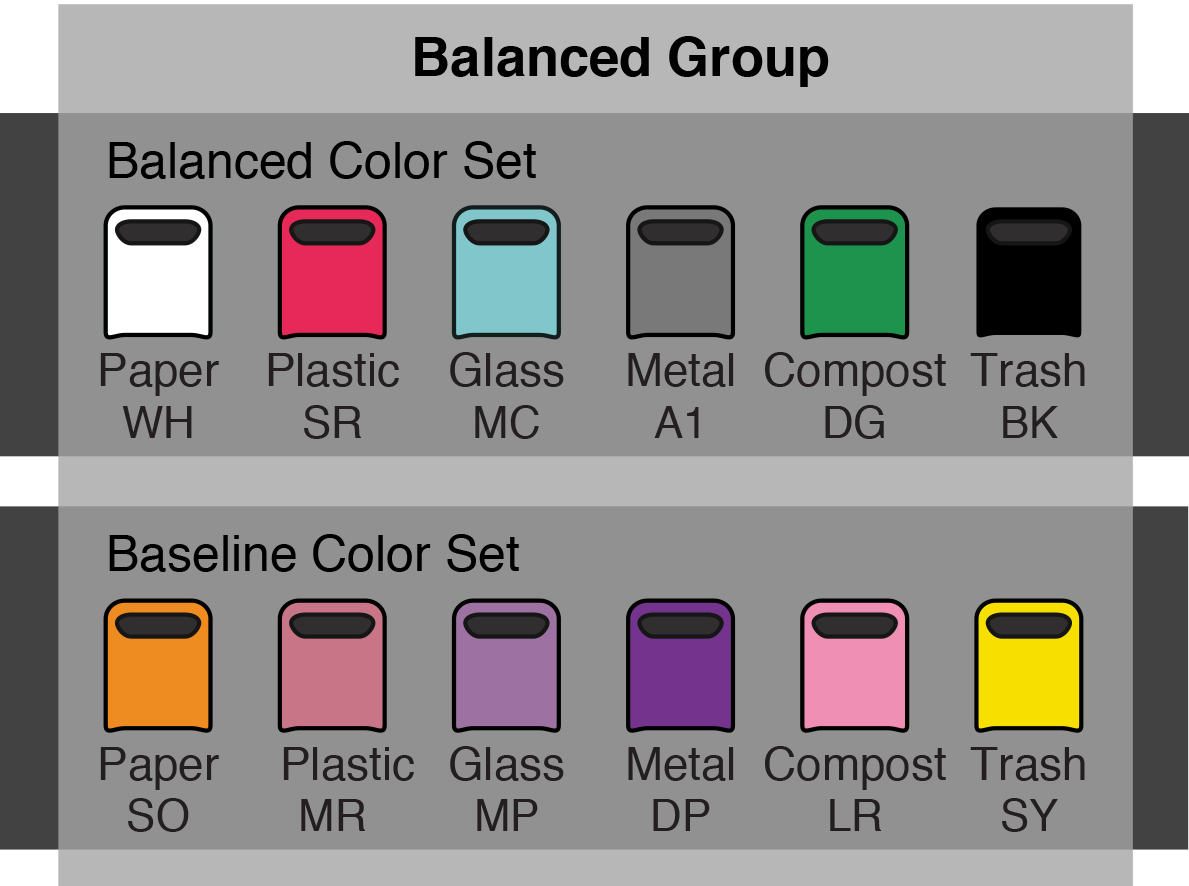 Our new article on how people interpret messages in color-coding systems was published in Cognitive Research: Principles and Implications (CRPI).
Our new article on how people interpret messages in color-coding systems was published in Cognitive Research: Principles and Implications (CRPI).